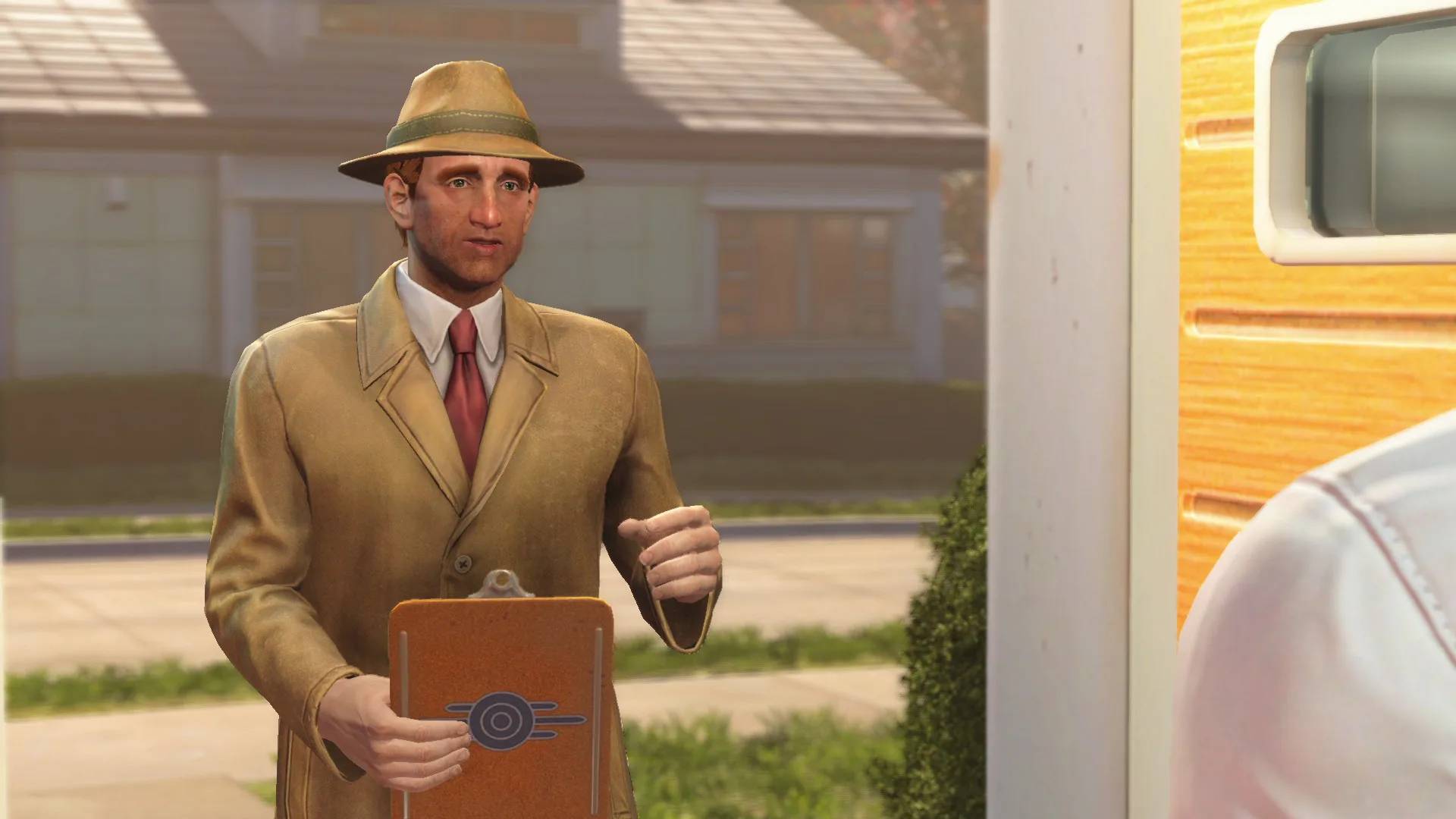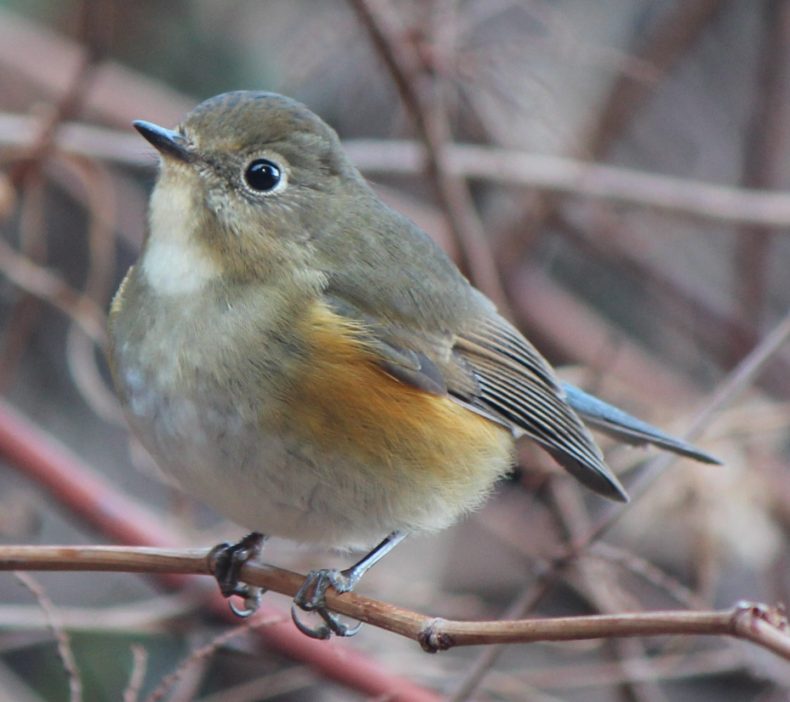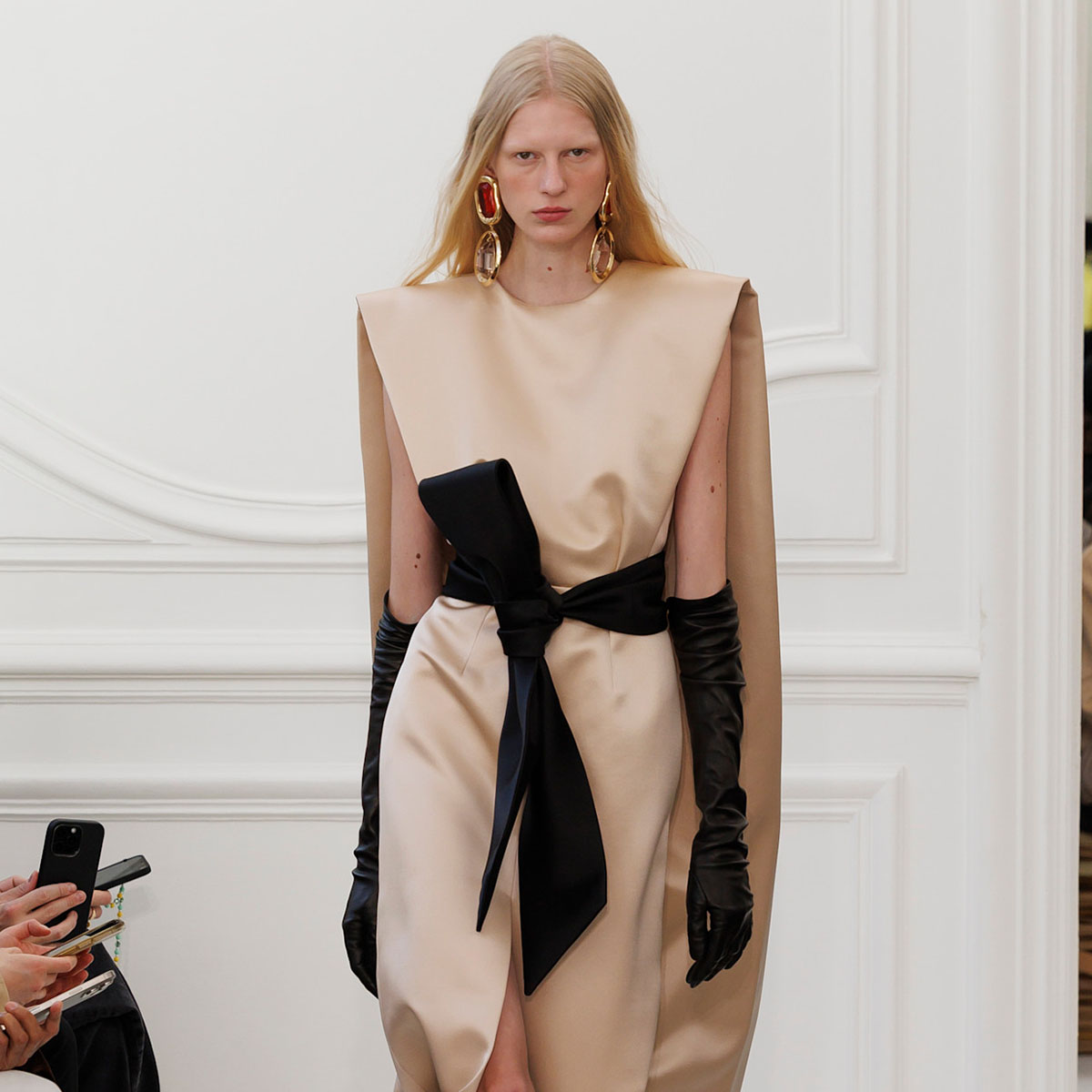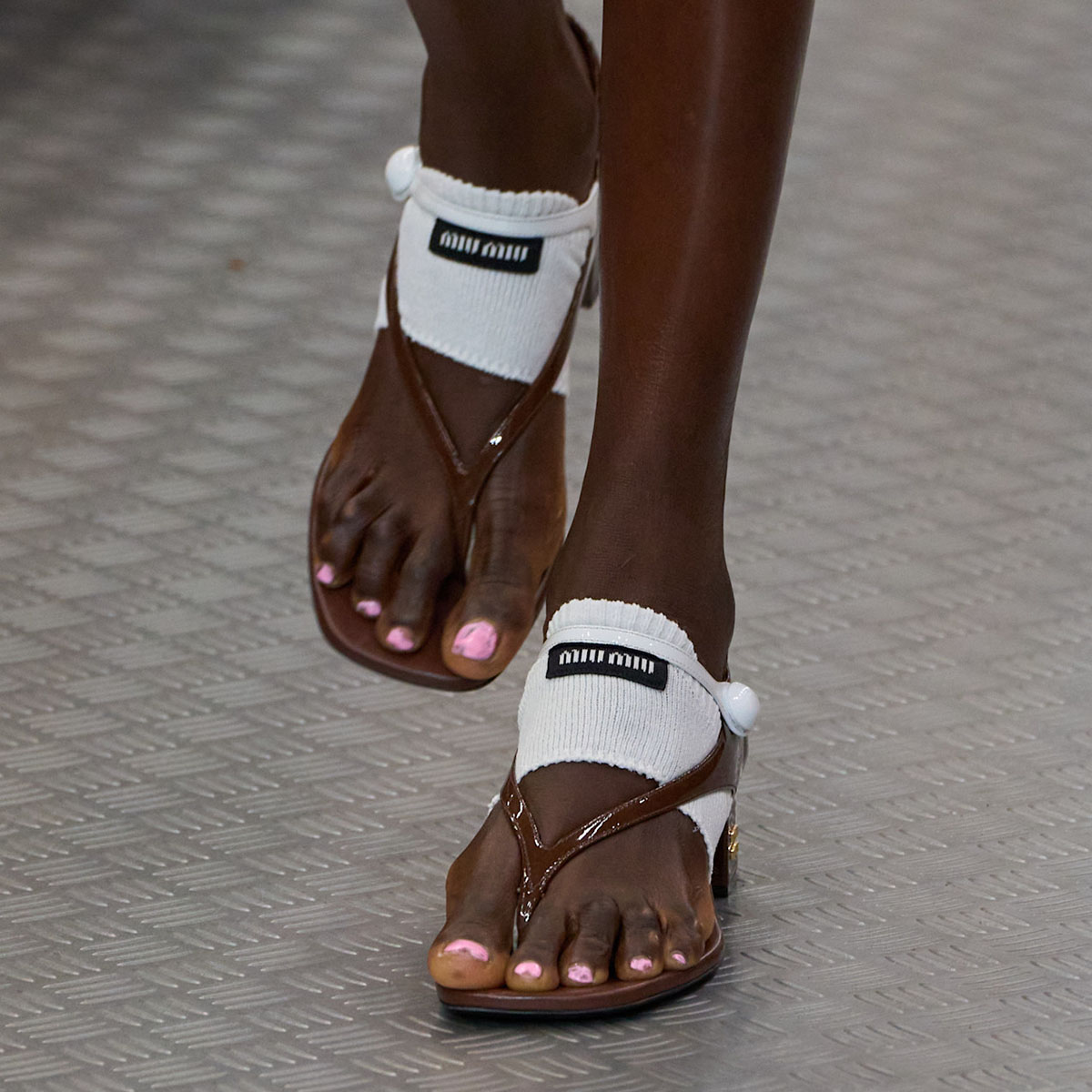Caturday felid trifecta: A new cat coat color; how to play with your cat; New York’s lovable but illegal bodega cats; and lagniappe
You may have already read about this new cat coat color, undoubtedly found as a single mutation in a single individual. Popular Mechanics describes the color, called “salmiak”, or “salty licorice” in the article below. “Salmiak licorice” is flavored with ammonium chloride (!), and, according to Wikipedia, is “a common confection found in the Nordic … Continue reading Caturday felid trifecta: A new cat coat color; how to play with your cat; New York’s lovable but illegal bodega cats; and lagniappe

You may have already read about this new cat coat color, undoubtedly found as a single mutation in a single individual. Popular Mechanics describes the color, called “salmiak”, or “salty licorice” in the article below. “Salmiak licorice” is flavored with ammonium chloride (!), and, according to Wikipedia, is “a common confection found in the Nordic countries, Benelux, and northern Germany ” I tried it once in Sweden, but wasn’t a fan.
Presumably this coat was named because it resembles a variety of this confection that is coated with salt, like these:

To read about the color and see photos, click the headline below to go to an article in Popular Mechanics, which is also archived here, and also go to the article at My Cat DNA. Photos are below, too.
From Popular Mechanics:
You’ve probably heard of spooky black cats, chaotic orange cats, and distinguished-looking tuxedo cats. If you’re really into cats, you might have even lesser-known color variants like seal point and ticked tabby. But there’s officially a new cat color in town— salmiak, or ‘salty liquorice.’ You can see one here.
The pretty black, white, and grey shade—named for a popular snack food in Finland, where this coat color has been making itself known—is thanks to a fur strand that starts off black near the root, but grows whiter and whiter out towards the tip. The coat was first spotted in 2007, and in 2019, it was brought to the attention of a group of cat experts lead by feline geneticist Heidi Anderson. Since then, the group has been trying to figure out exactly what causes this shade to express itself, and recently, they finally figured it out. A paper on the discovery has been published in the journal Animal Genetics.
Here’s a two-minute video of this fur pattern:
And from My Cat DNA, which runs down the genetics (this is a single genetic mutation, a “knockout” mutation that inactivates a gene because there’s a big deletion of the DNA outside that gene).
The salmiak colour pattern was found to be recessively inherited, meaning it requires one copy of the salmiak variant from both parents in order for the trait to be visible. Although white spotting patterns can lead to hearing impairment in cats as well as dogs, researchers did not note any signs of deafness. However, they recommended BAER (brainstem auditory evoked response) testing in the future to rule out this possibility. The allele appears to be quite rare, with only 5 cats found to be positive for the pattern, and another 3 carriers for it, out of 183 Finnish domestic cats screened. The variant has not yet been found in other domestic cat populations.
Two additional domestic cats were also genotyped, one domestic cat from Romania and one from the UK, which manifested a similar type of white patterning referred to as “karpati,” of yet-unknown molecular cause. This pattern has been used as the basis of the creation of a new breed, called the “Transylvanian.” The term karpati is related to “Carpathian,” the region where local cats were noted to have this pattern. Researchers confirmed that the salmiak allele was absent in both of the karpati-coloured cats. Both karpati and salmiak may be described as being similar to roan colouring in other domestic species.
Here’s the paper in Animal Genetics. Click to read (note that they use the word “flavor” in the title, which is not an accident):
. . . and a picture from the paper (caption also from paper); Some of these do resemble salted licorice, especially (a) and (f):

The authors sequenced entire cat genomes, and found that the salmiak pattern is associated with a huge deletion (95 kb, or 95,000 bases) outside the KIT gene, a gene responsible for the distribution of white patterning in cats. This region of the DNA is presumably not translated into a protein, but somehow controls the expression of KIT, knocking it out. And that’s what produces the color. “Regulatory” regions of genes are often very distant from protein-coding genes themselves, making it hard to find out how a gene’s expression is controlled.
The top line is a map of the cat chromosome containing the KIT gene (chromosome B1), the second line is a normal “wild type” cat with an intact KIT and control region, and the third line is the genotype of a cat with the salmiak allele, showing the bit deletion that moves the KIT gene closer to the KDR gene.
This probably produces the salmiak color (we can’t be 100% sure). The authors of the paper say this:
Other structural variants downstream of the KIT gene have been previously associated with coat color phenotypes in cattle, goats and horses (Brooks et al., 2007; Henkel et al., 2019; Küttel et al., 2019). In two Pakistani goat breeds, of which one is completely white and another one is white with colored patches, there is a copy number variation starting ~63 kb downstream of KIT and spanning a ~100 kb region that has a disrupted variant in a genomic region most similar to the salmiak variant (Henkel et al., 2019). In summary, comparative data from other species and genotype segregation analysis support the newly discovered KIT region deletion as potentially being a cause of salmiak coat color in cats.
********************
This article from the Washington Post, by Sam Sanders, tells you how to play with your moggy. Click on the headline below or find the article archived here.
A summary (quotes are indented):
Pick the right toys.
For toys, Ellis says, “the texture and shape are what truly matter.”
Does the toy feel furry like a mouse? Does it have feathers like a bird? These are good signs that your cat will enjoy the toy. Cats slice with their teeth instead of chewing, so hard, durable toys used for dogs typically don’t work for cats. Cats also prefer toys that are smaller in size, similar to the size of the prey they hunt.
Move your cat’s toy in a pattern that mimics their prey.
. . . To mimic a bird, glide a wand toy in large sweeping movements or figure eights mirroring natural flight patterns. Create “S-shaped” wiggles on the floor with a wand to mimic a worm or snake. Tuck a toy under your rug like a hiding mouse.
Let your cat win.
As you move their toy in prey-like motions, periodically let your cat “win” by capturing the toy, and don’t immediately rip it away. This allows them to finish the predator cycle. Let them celebrate their successful hunt with additional kicks, bats and bites before reengaging for additional playtime.
DO NOT USE LASER DOTS. I have always thought that this frustrates the cat and is more for the amusement of the staff than of the cat. Two more tips (there are additional ones in the piece):
Create multisensory experiences through sound.
Adding sound brings dimension to a cat play session. “Cats can hear in an ultrasonic range,” says Delgado. “Their close-up vision is very fuzzy, with a focal point of only a few meters away, so they use their hearing to know if prey is nearby.”
Create noises that mimic what cats would hear in the wild, like a high-frequency chirp or squeak. The rustling sound of paper, tissue paper or cardboard while playing with a toy can mimic the sound of rustling through leaves. Try hiding treats in the paper pile, creating an immersive food puzzle.
Try turning the lights down low.
Cats need play throughout the day, but engaging in a play session during low-light conditions is another opportunity to provide a novel and enriching play session. “Cats are crepuscular, meaning they are most active at dawn and dusk,” says Delgado. As dawn and dusk change throughout the seasons, your cat’s play habits will change, too. Take this as an opportunity to give your cat a high-intensity play session as the sun is setting to help them (and you!) get a restful night of sleep.
Read the rest at the archive and then start playing with your cat PROPERLY!
*********************
Finally, from the AP news (click on the headline), you can read about bodega cats: those cats in NYC that inhabit small, often Hispanic-owned stores. If you’ve been to NYC, you may know that many bodegas have resident cats. But I didn’t know it was illegal.
An excerpt:
New York City’s “bodega cats” are beloved fixtures in the Big Apple — but they’re on the wrong side of the law.
The convenience store cats that live at many of the city’s bodegas and delis look innocent enough, spending their days lounging in sun-soaked storefronts or slinking between shelves of snack foods as they collect friendly pets from customers.
Officially, though, state law bars most animals from stores that sell food, with bodega owners potentially facing fines if their tabby is caught curling up near the tins of tuna and toilet paper.
The pets’ precarious legal position recently came into the spotlight again when a petition circulated online that advocated for the city to shield bodega cat owners from fines, racking up more than 10,000 signatures.
But inspecting bodegas is a state responsibility. The New York State Department of Agriculture and Markets said in a statement that its goal is to ensure compliance with food safety laws and regulations, though it noted that inspectors aim to offer “educational resources and corrective action timelines and options” before looking at fines.
Many fans argue that the cats actually help keep the stores clean by deterring other ubiquitous New York City creatures, like rodents and cockroaches.
Indeed. Bodega-cat inspectors are EVIL! And bodega cats help in many ways:
However, some shopkeepers say the felines’ most important job is bringing in customers.
At one bodega in Greenpoint, Brooklyn, a fluffy gray and white cat named Mimi has become even more of a star attraction after a customer posted a video of her to TikTok that was viewed over 9 million times
Sydney Miller, the customer who shared the video, said the experience has helped her build a lasting rapport with Mimi’s caretaker, Asam Mohammad, a Yemeni immigrant who has only been in the U.S. for a few years.
“Ultimately, the cats are a symbol of community building and the special, unique type of connection that happens in a city like New York,” said Miller, a poet and digital content producer.
Here’s Mimi!
@girl.brain Replying to @Cleotrapa a little update on mimi the bodega cat #cat #bodega
You can sign the petition here (it’s over 11,000 signatures now). I signed it!
And here’s a short video about bodega cats and the push to protect them from Cat Pecksniffs:
**********************
Lagniappe: Two of them today. First, a rescued cougar. Listen to its noises!
. . . . and a cat becomes a sundial.
h/t: Barry, Debra


















.webp?#)
.webp?#)




























































